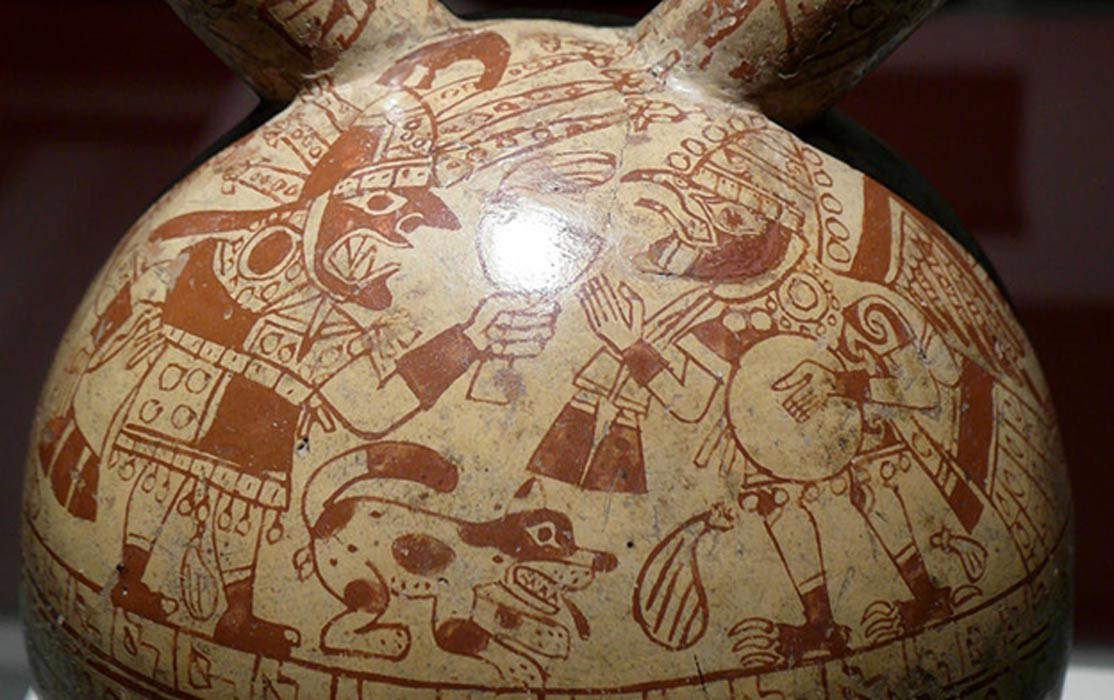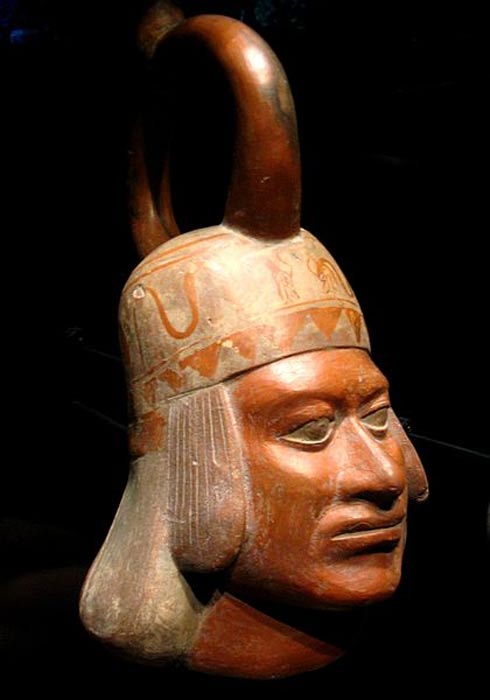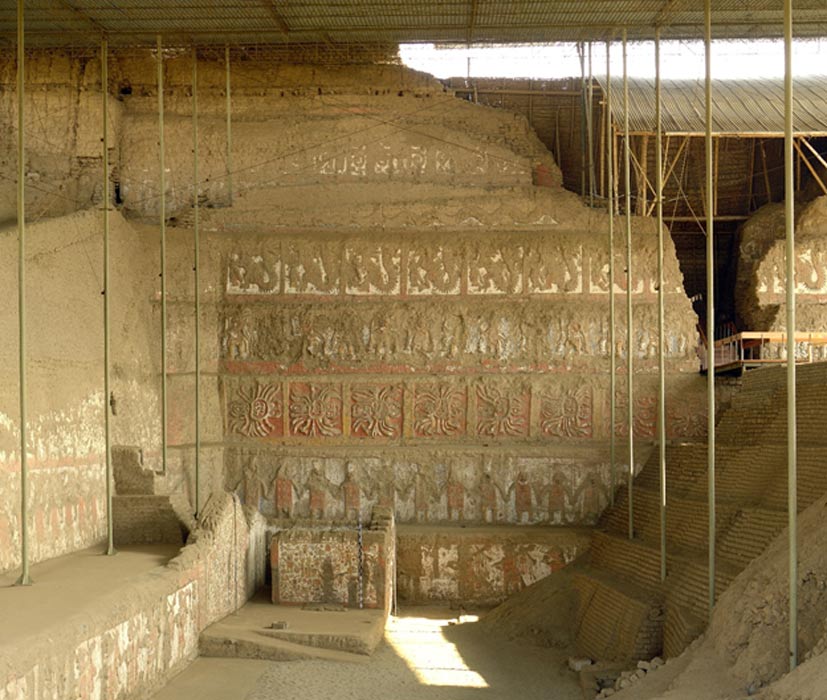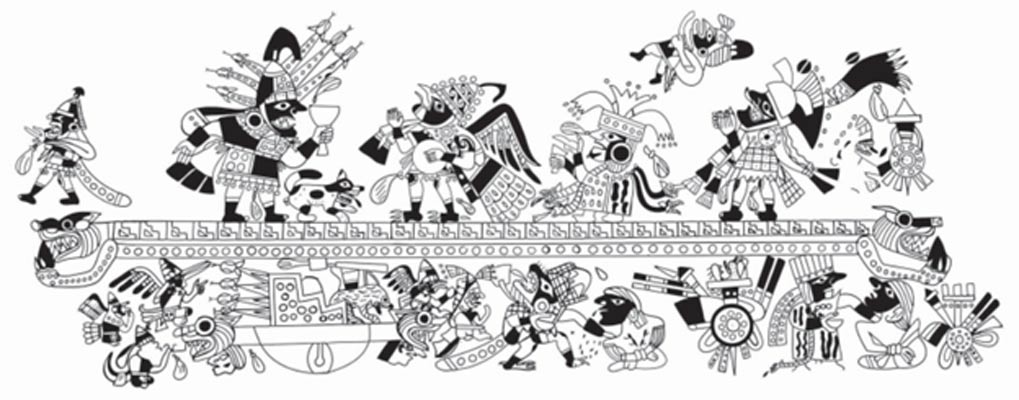
When it Rained Blood in Northern Peru: The Mystical, Macabre, and Mysterious Moche Sacrifice Ceremony
The Moche culture existed in northern Peru from about 100-800 AD. No written records have been found from them, thus their story is filled with mystery. What is known, however, largely comes from their art. One of the most fascinating set of images repeatedly found in Moche art is a representation of human sacrifice.
A Short Introduction to the Moche Culture
It is unknown what the Moche (Mochica) culture was originally called, but scholars named the group after a site where one of their large (possibly capital) cities has been found – Moche, the home to the famous Huaca del Sol and Huaca de la Luna. Moche settlements have been located along the hot, dry coast of northern Peru from the Lambayeque River valley to more than 215 miles (350 km) south to the Nepeña River valley. There is less information on the Moche than many of the neighboring cultures from that time.

Moche portrait vessel. Musée du quai Branly, Paris, France. (Patrick.charpiat/CC BY 3.0)
Archaeological evidence has shown, however, that the Moche were fantastic artists, subsisted on agriculture and fishing, and knew metalworking techniques such as gilding and soldering. They built large huacas (sometimes called temples or pyramids) out of mud bricks, and used a system of canals to irrigate their crops in the dry desert.
Mostly in the form of ceramics and murals, Moche art provides an insight into various aspects of everyday life and Moche worldview. Elaborate decorations of the pots and ancient walls show their clothing and appearance, methods of irrigation and fishing, an interest in nature and duality, sexual acts, violence and war, birth and death. These themes appear repeatedly in the artwork and have fascinated researchers over the years. But one of the most interesting topics covered in Moche art provides details on their spiritual beliefs and the intense ceremonies that sometimes accompanied them. The most famous of these rituals is one that is known as the “Moche Sacrifice Ceremony.” This article will examine the mass sacrifice ceremonies depicted in art, not those of sacrifice victims connected to elite burials.

Painted facade in Huaca de la Luna, Trujillo, Peru. (Martin St-Amant/CC BY 3.0)
Completing the Ceremony
The following is a popular example representing the Moche sacrifice ceremony. The large figure receiving the goblet (of blood) is the leading warrior-priest (as a radiant god). He is shown wearing a conical helmet adorned with a crest, a nose ring, and a back flap. The one providing the cup is dressed as a bird-warrior. Behind him, one sees a depiction of a priestess as the moon goddess. The final large figure in the top row is an anthropomorphic iguana. Between the priestess and iguana there is a representation of an owl god. For the blood they receive, the gods restore order and continue their rule over other supernatural beings, humans, and other creatures on earth.





